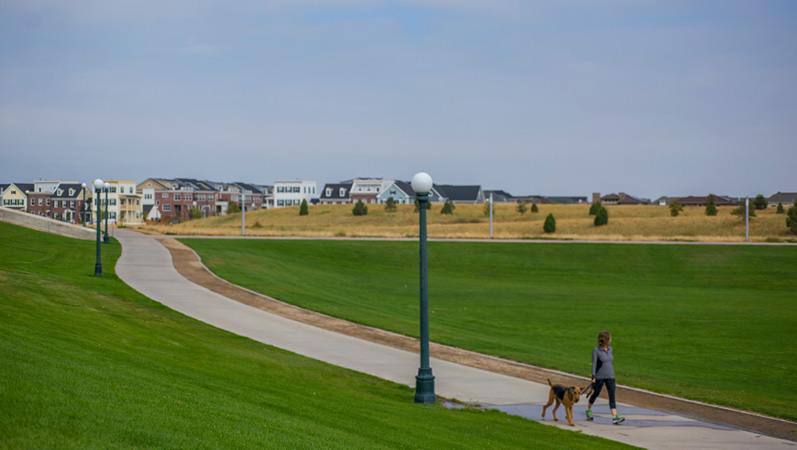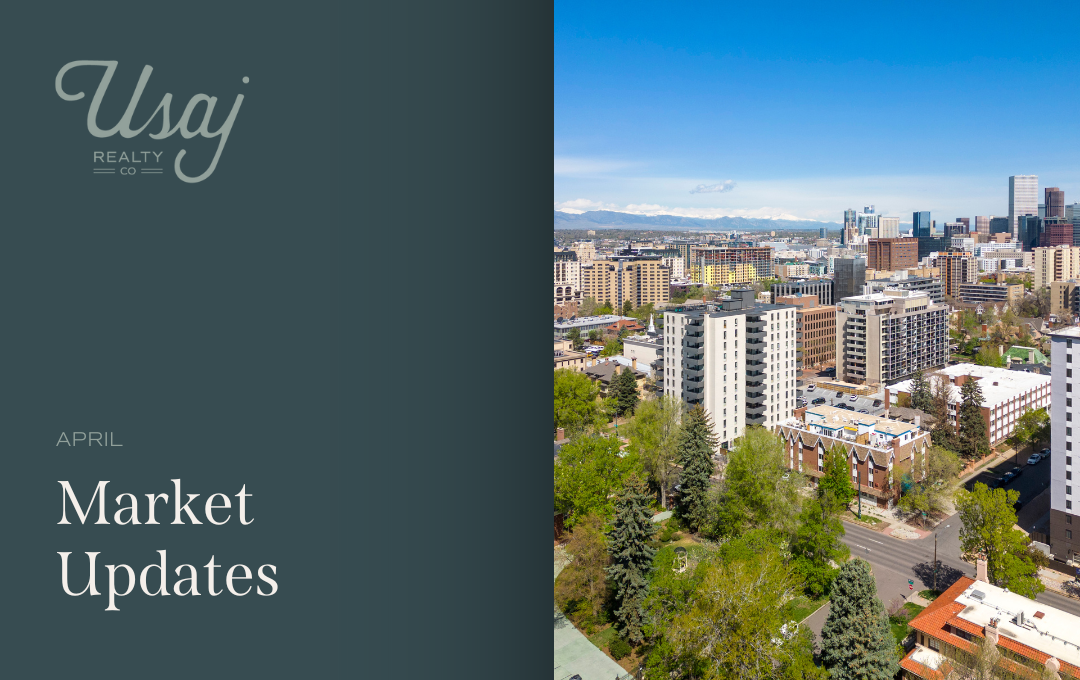Today, when driving along any of the streets east of Quebec St. and north of 26th Avenue, it’s hard to believe an international airport used to operate in the area. What was once home to runways, now boast the popular Central Park Denver neighborhood. For those of us who have been around Denver for awhile, this transformation has been nothing short of miraculous. Offering a variety of single-family homes, townhomes and apartments, Central Park (formerly Stapleton neighborhood) has become a model of what a well-planned community should look like.
Recently I was perusing old photos of Stapleton International Airport when my daughter asked about the images.
“It’s the old Stapleton Airport in Denver,” I replied.
“You mean DIA,” she said.
We definitely have a generation gap here.
The Stapleton Denver Airport Operated from 1929-1995
Teenagers, 20 somethings and new residents of Denver have never known anything but Denver International Airport. But yes, back in the day, there once was an airport in Denver that was only 10 minutes from downtown. It had runways that crossed over I-70 and there was the 94th Aero Squadron restaurant on the south side of the airport where you could dine and listen to pilot chatter using tableside headphones.
Stapleton International, known as Denver Municipal Airport prior to 1944, operated from October 1929 until February of 1995, when DIA opened its doors to the 21st century. Much like DIA’s continuing renovation and expansion, the 7.5 square miles of property which encompassed Stapleton airport has also changed with the times. Beginning in May of 2001, a different kind of construction occurred, that of a new urban infill development. It would eventually become the largest of its kind in country.
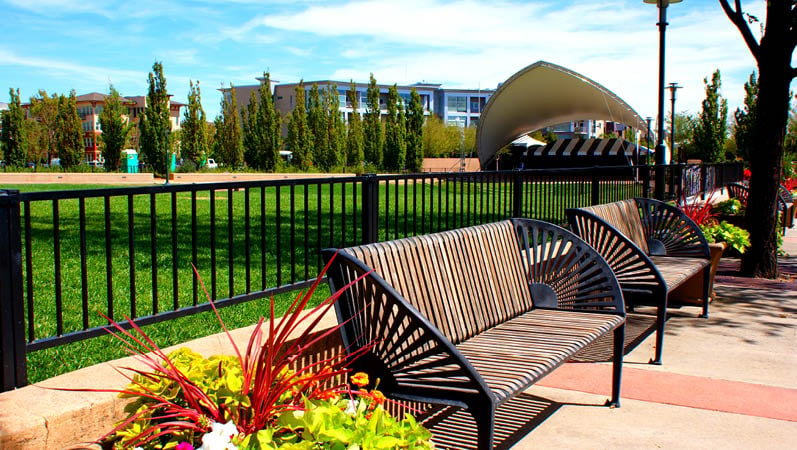
Central Park Neighborhood Added Thousands of Homes to Denver
Much time and energy went into the planning process of this new Denver neighborhood, which boldly aspired to pack architectural diversity and energy efficiency into a pedestrian and park friendly, mixed-use community. Today, the Stapleton control tower, is the only remnant of the old airport and formerly housed the Punch Bowl Social. Unfortunately, Punch Bowl Social closed during the COVID-19 pandemic and will not be reopening. The control tower itself is off limits to the public.
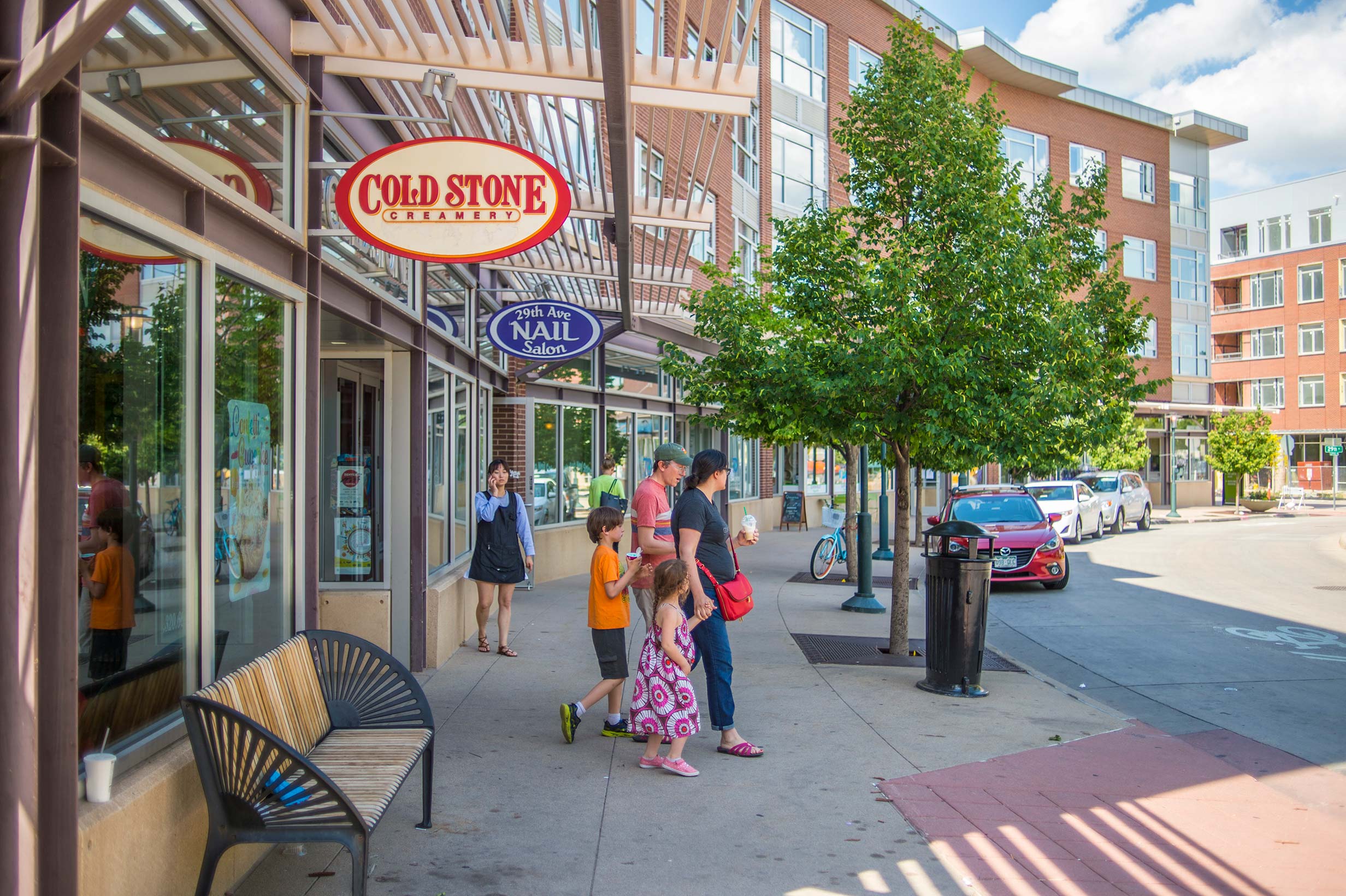
The Central Park Denver neighborhood, located within the borders of Smith Road, Quebec, Montview, 26th Avenue. and Havana, offers diverse housing interconnected within a vast network of parks, trails and open space. Since the first residents moved in in 2002, there have been 7,400 homes built in Central Park, providing housing to 26,000 new residents.
Additional housing opportunities have sprung up north of Smith Road in Northfield, now considered a separate neighborhood. The two runways that used to cross over I-70 were demolished in the mid-2000s, ending decades of traffic slowdowns when jets would rumble over the highway or when heavy rainfall would cause flooding in the tunnels.
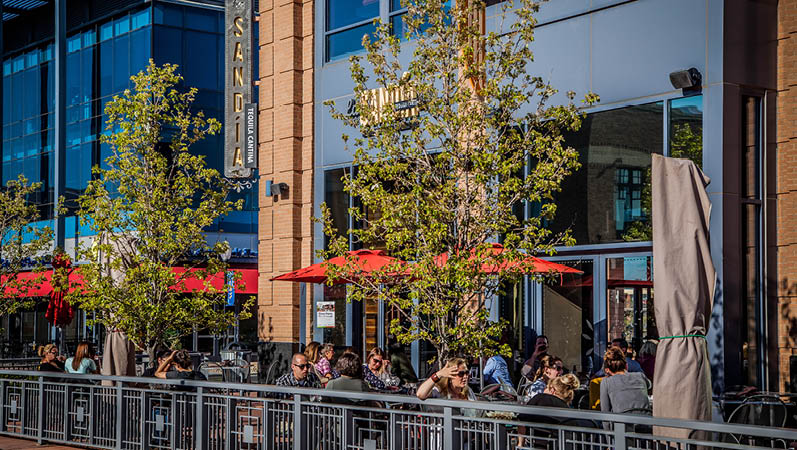
La Sandia Restaurant in Northfield, Photo by Usaj Realty
A great deal of thought was put into the Central Park project’s footprint which features modern homes, a variety of amenities, walkability, water-wise landscaping and open space. The Central Park neighborhood boasts nine different enclaves for single family homes and a variety of schools, both public and private. There are over 10 home builders at Stapleton offering a variety of architectural styles and rates, and linking the Central Park neighborhood together is a vast array of 50 parks and six pools.
The major parks, Central, Westerly Creek, Greenway and Fred Thomas, are all connected by a network of biking/walking trails. From Central Park on the north end of Stapleton, you can connect with the Sand Creek Regional Greenway trail that stretches to the north and east of Central Park neighborhood.
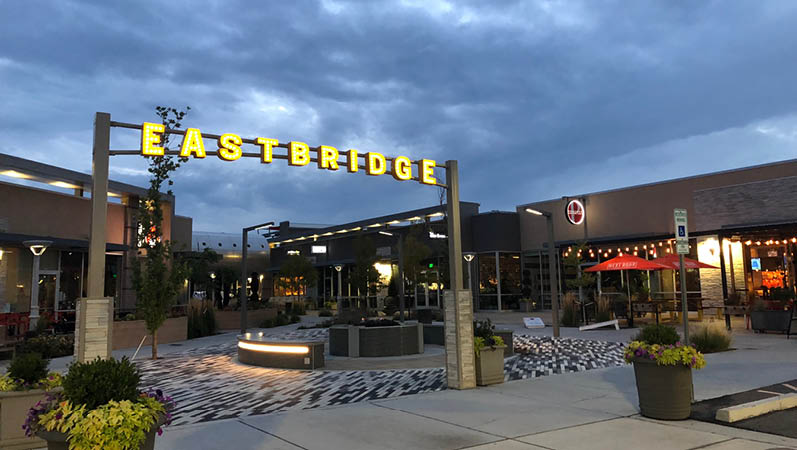
Eastbridge Town Center in Central Park, a hub of great retail and restaurants, Photo by Usaj Realty
All your shopping essentials can be found in the neighborhood. From farmers’ markets in the summer to grocery stores to boutique clothing, restaurants and yoga studios, Central Park is a self-sustaining center that is still just under seven miles from downtown Denver. The A line of the RTD light rail connects Central Park to Union Station and Denver International Airport via the Central Park and Peoria stops.
End of New Single-Family Homes in Denver?
Now, almost 18 years since the redevelopment of Central Park began, home building is nearing completion. The various phases of home construction that began in the southern part of the development is now in the midst of wrapping up. The developer, Brookfield Asset Management (formerly Forest City), is selling 1,300 single family home lots south of the Rocky Mountain Arsenal National Wildlife Refuge, called North End.
The sheer size of Central Park — 2,935 developable acres — offered a distinctive building opportunity for the city of Denver. It’s rare when such a large parcel of land becomes available for development, and city officials had a unique opportunity with this piece of real estate. The latest figures from Central Park provide just a glimpse of what has been accomplished in this neighborhood.
- 400,000 sq. ft. office space,
- 3.3 million sq. ft. flex/industrial space
- 1,748 apartments completed, 515 under construction
- 15 schools
- Over 1,200 acres of regional open space completed
- $4.8 billion of value created
- Collected $62.8 million in sales and property tax in 2017
- Public infrastructure completed to date — $987 million, approx. $40-45 million annually
While new homes and housing developments continue to flourish in communities outside of Denver, Central Park represents the last large urban infill project that created new single family homes with a Denver address. It’s estimated by the end of construction, Central Park, North End and adjacent Beeler Park will be home to nearly 35,000 Denver residents. While new multifamily developments continue in Denver, most notably the planned 40 acre Broadway Station and 65 acre River Mile, neither will offer single family homes.
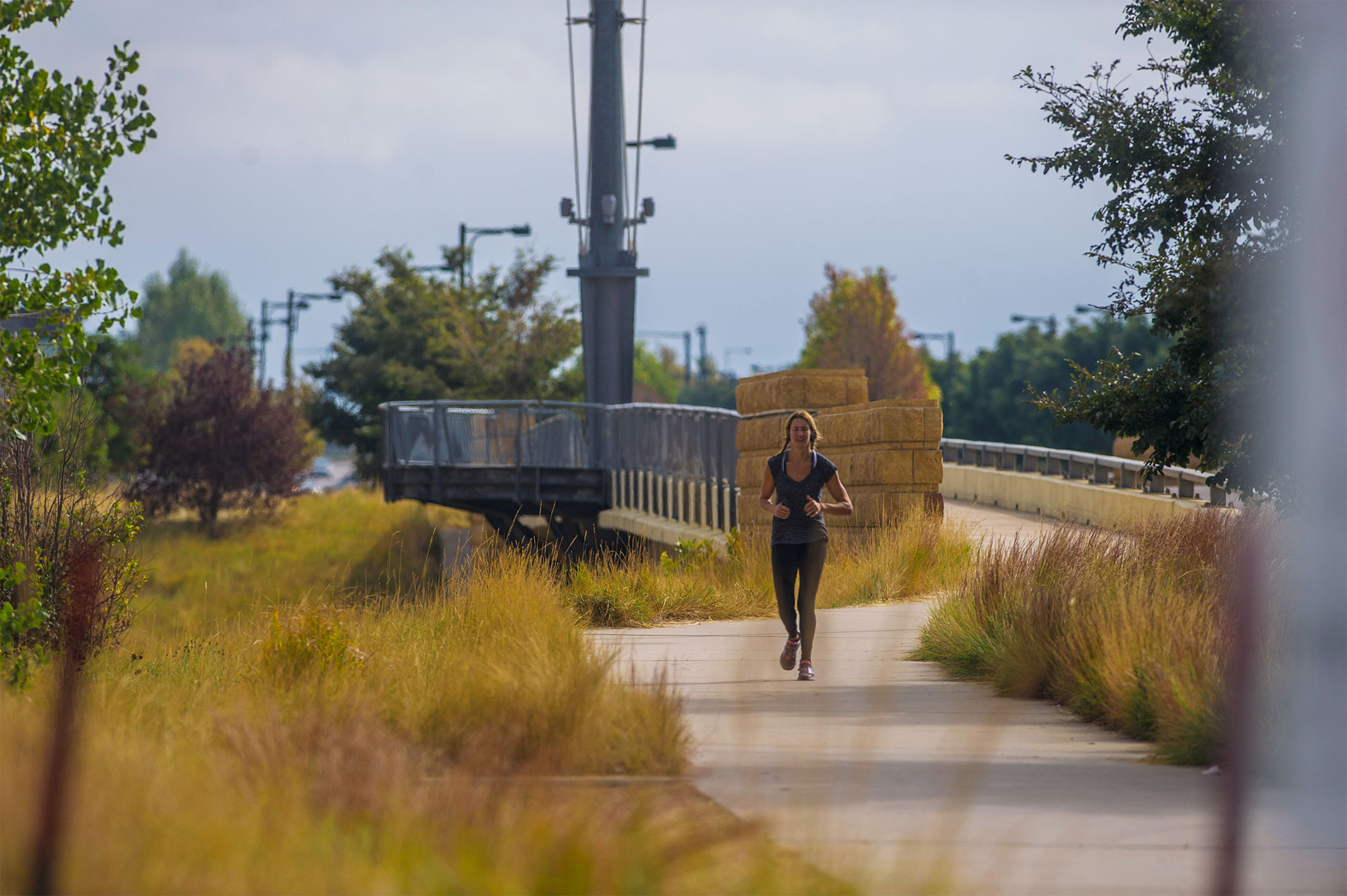
There is still undeveloped land in Lowry (south of Central Park) and Green Valley Ranch (near DIA), but certainly not on the scale of Central Park. Future home projections in Denver’s Green Valley Ranch top out at 1,500 since Aurora controls most of the available land for potential housing.
Lowry also has some new homes on the market but the majority of land in the former Air Force Base has already been developed. There is a large section of land and open space on the east side of Lowry, which is part of Aurora, and is currently home to the Community College of Aurora, Colorado Community College System and the New America School.
While there may no longer be large scale development for single family homes in Denver, you can bet people will continue to scrape old homes and built anew. And for those willing to lose that Denver address, there’s always the suburbs and the plentiful opportunities for new construction homes.
(Editor’s note: This blog was originally published in December of 2018. It has been updated to provide current information).

